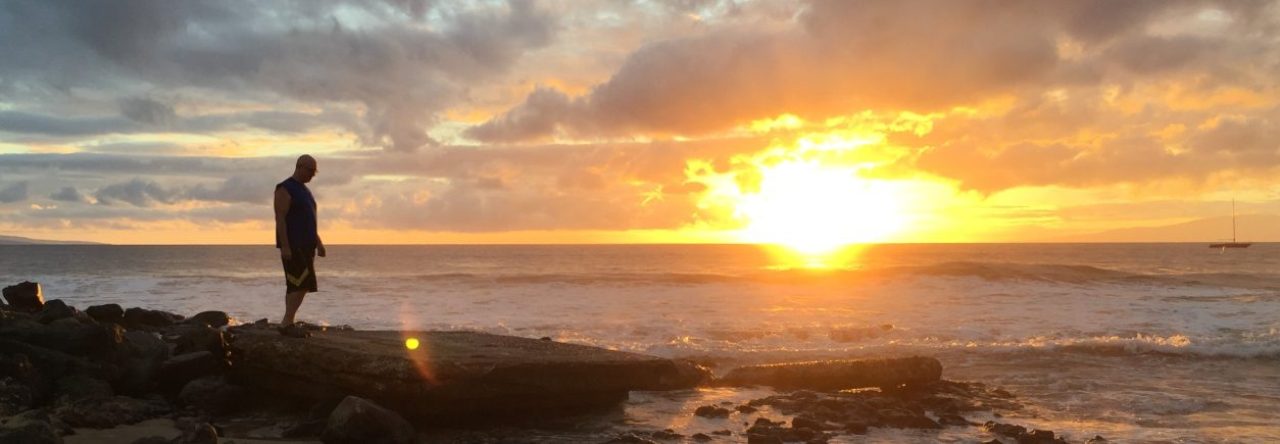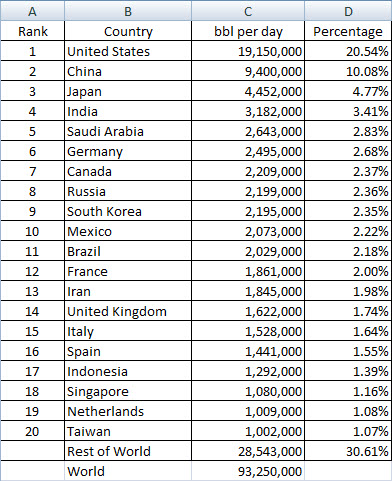I remember clearly traveling in Northern California in May of 2000. I was driving through Glenn County and stopped for breakfast in a country restaurant off I-5. The table-cloth was red and white checkered, like Arafat’s headdress, my coffee was hot, and the omelet tasted great. I was reading the morning paper. Then the lights went out.
There was enough sunlight coming through the windows that I could finish my meal and my coffee, pay in cash – the register didn’t work, and leave.
In the most industrialized nation in the world, in the largest and most progressive state of that nation, California, we didn’t have the infrastructure in place to keep the power on? We were told, by the media, by the Bush administration, by the California government, that we simply had a power distribution problem. We were using too much power. Prices had been going up. Our electricity bills in San Diego had more than doubled. We were asked to conserve, not run air conditioners, turn off the lights, and “sacrifice for our country.”
Then, in the fall of 2001, Enron collapsed, and we found out that there were a bunch of traders who called themselves “the smartest guys in the room” who had been laughing about all of us idiot consumers in California, all the way to the bank. What they did was at a minimum “market manipulation,” but really, as we dug deeper, we found out that they had committed fraud on a massive scale.
Now our gas prices are way out of proportion with the market. Our demand for oil has gone down, due to electric cars and many other conservation measures. We have more oil than we can use right now. The price is not up because we don’t have enough, so supply and demand is not the problem. Our politicians agree that market manipulation is taking place. Even the head of Exxon Mobil, the largest oil company, states that based on a pure economic approach the price of a barrel of oil should be in the $60 range. Yet today, crude oil runs $104. Why is that?
Like Enron controlled electricity and its delivery, and purposely shut down power plants for no obvious reason just to create hardship for millions of residents in the Western United States, speculators are currently manipulating the oil market. How do they do that? They buy massive amounts of oil – which they don’t need and don’t ever even touch, just to keep if off the market. They wait until the price is up, and they sell it for a profit. Clearly, they are making money out of thin air, and essentially pulling the dollars out of the pockets of consumers filling up their tanks all over this country.
The question is, is this activity illegal? If it is not, it should be, just like price-fixing, abuse of monopoly power, collusion of contractors, kickbacks, bribery and all the racketeering we have learned about is illegal.
Some people say that not starting to build a pipeline that will eventually ship gas from Canada to the U.S. causes gas prices to be up right now. A pipeline that would be completed many years from now. A pipeline that would contribute a very small percentage of our consumption.
Ludicrous.
Remember Enron.
Like this:
Like Loading...






